 Jeanne Yu
Jeanne Yu
NASA’s Ames Research Center
Jeanne Yu is a senior technologist co-leading NASA’s Sky for All Vision. Sky for All is a community co-developed initiative developing both R&D and integration strategy for the mid-21st century airspace system. Through this initiative, NASA collaborates across the federal government, industry and internationally to usher in new paradigms for sustainability, operator empowerment and resiliency, and learning-based adaptation. Development of cutting-edge capabilities of autonomy, AI/ML, digital engineering, and advanced systems of systems engineering will support the aviation industry in the design of a truly seamless global airspace system.
Previously, Yu was the Director for Technology Integration and created the ecoDemonstrator Program for Boeing Commercial Airplanes (BCA) Product Development. The ecoDemonstrator Program recently celebrated its 10-year anniversary, having performed flight tests with over 200 technologies on nine ecoDemonstrator airplanes, including 737, 787, 777, 757 and an Embraer E170.
Prior, Yu was the Director for Environmental Performance developing environmental technologies for emissions, aircraft energy, noise, cabin environment, materials and processes. Earlier in her career, efforts include integration of technologies for the 787 Dreamliner Cabin environment and responsibilities as a manager for aircraft Environmental Control Systems.
Yu began her career as a thermal analyst at Sandia National Laboratories.
Yu received a Bachelor of Science degree in Mechanical Engineering from University of Illinois and a Master of Science in Mechanical Engineering in Thermosciences from Stanford University.
Jeanne’s post it: Lean Forward, Learn Continuously and Lead with Courageous Optimism.

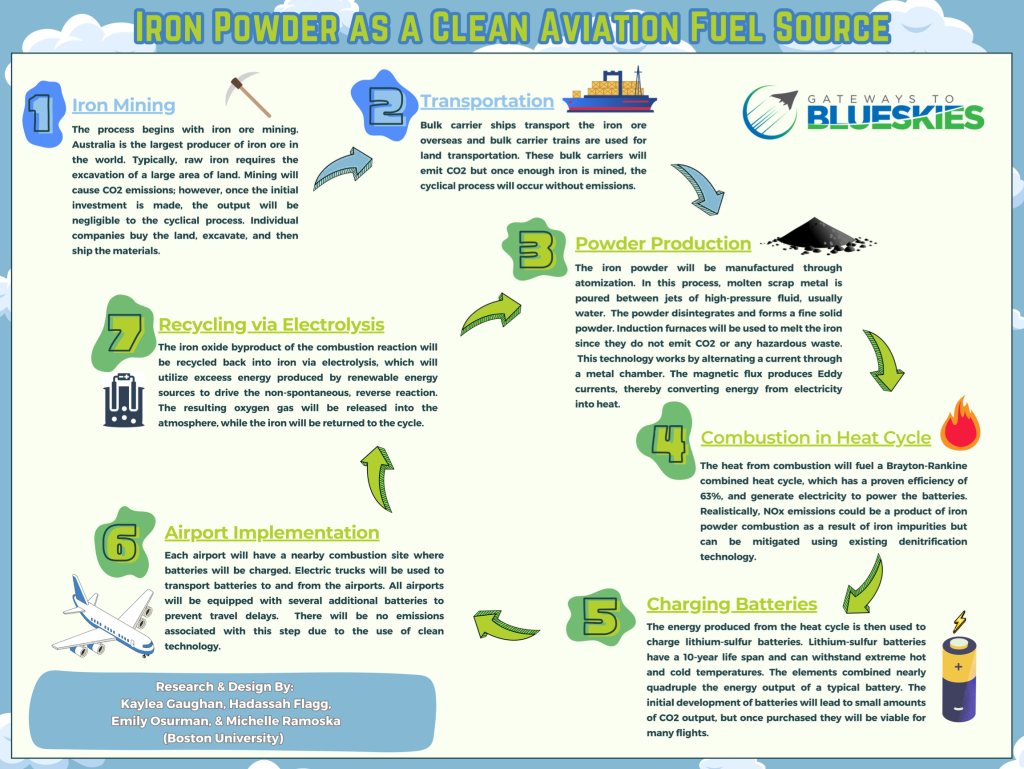
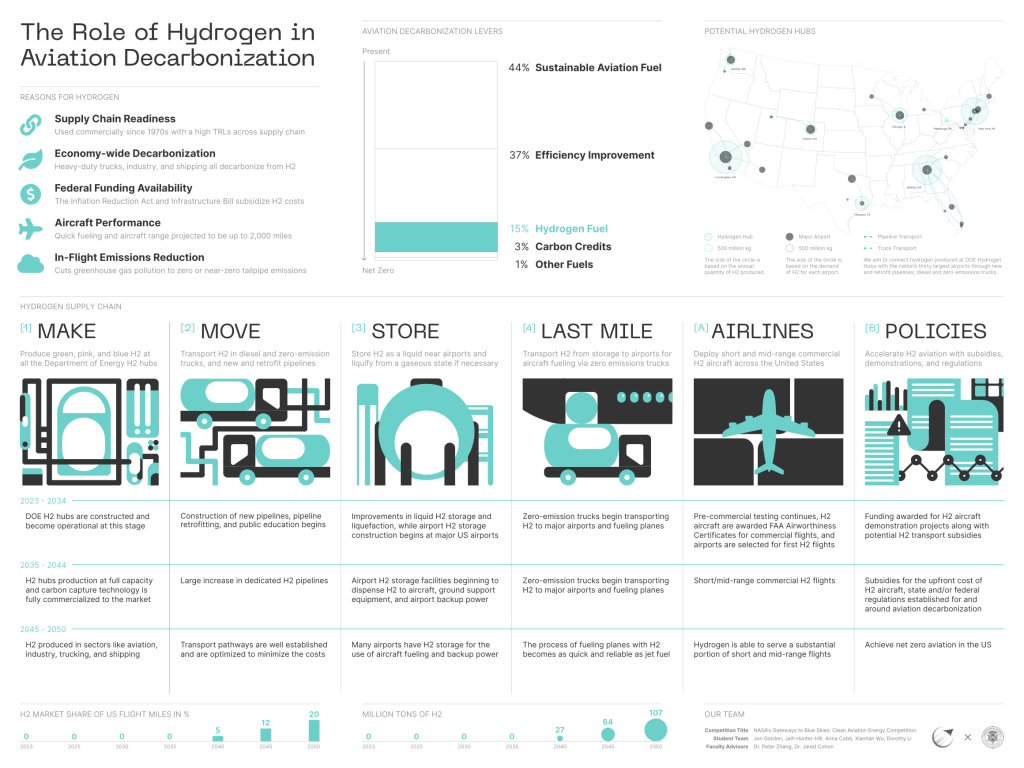
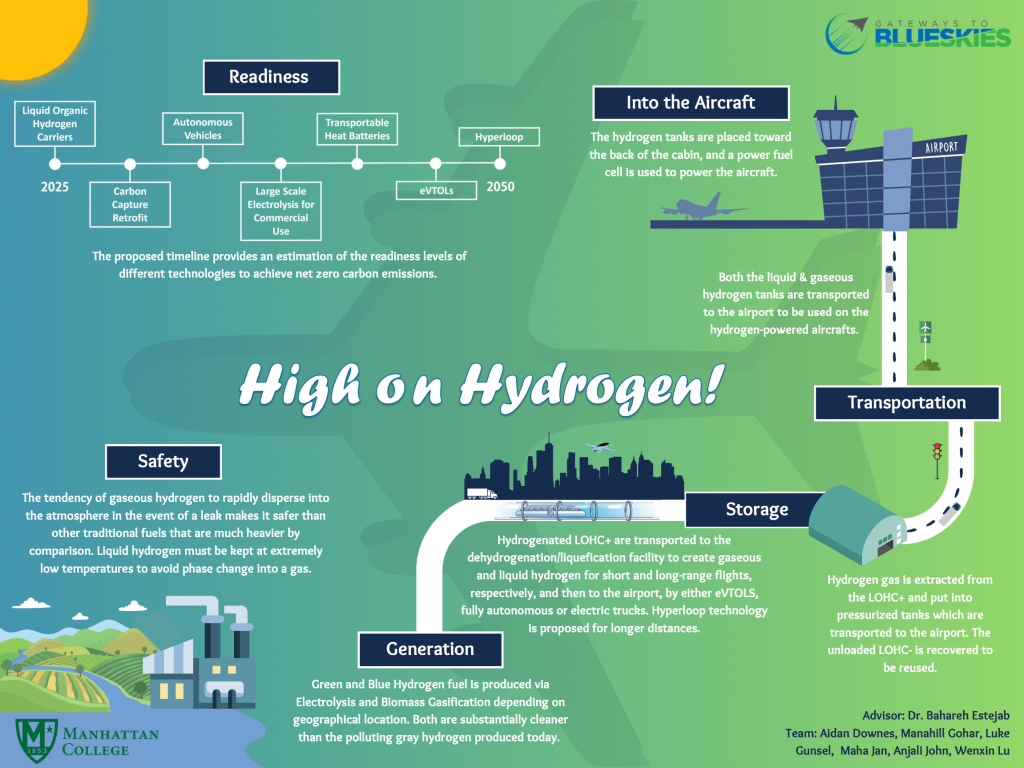
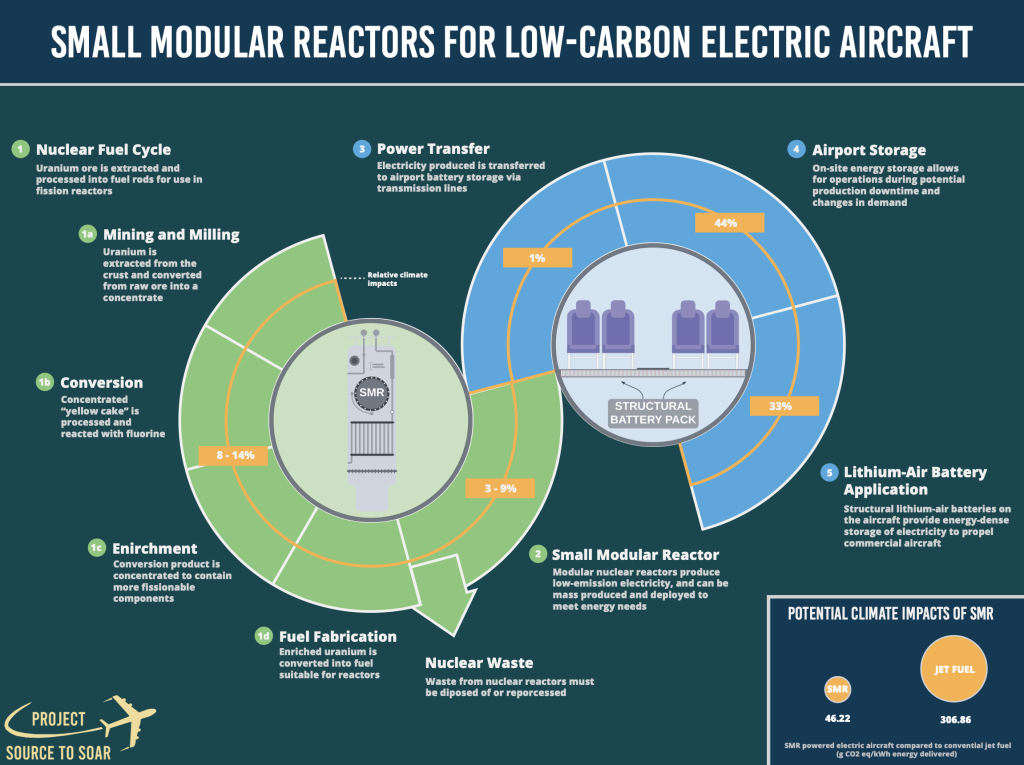
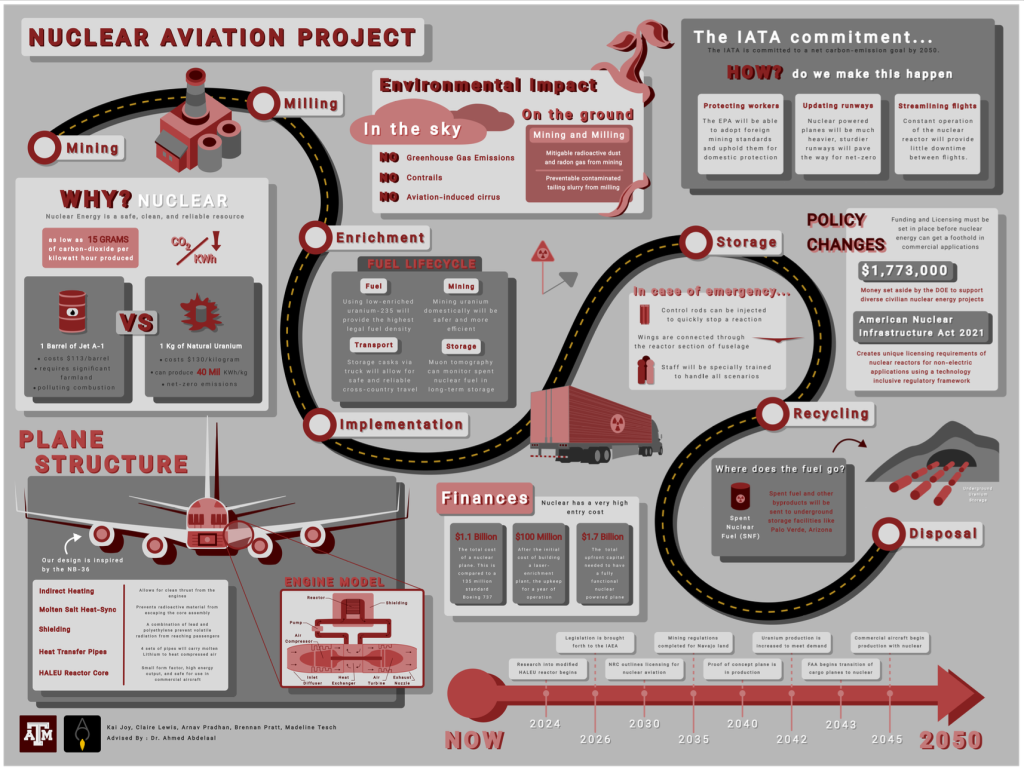
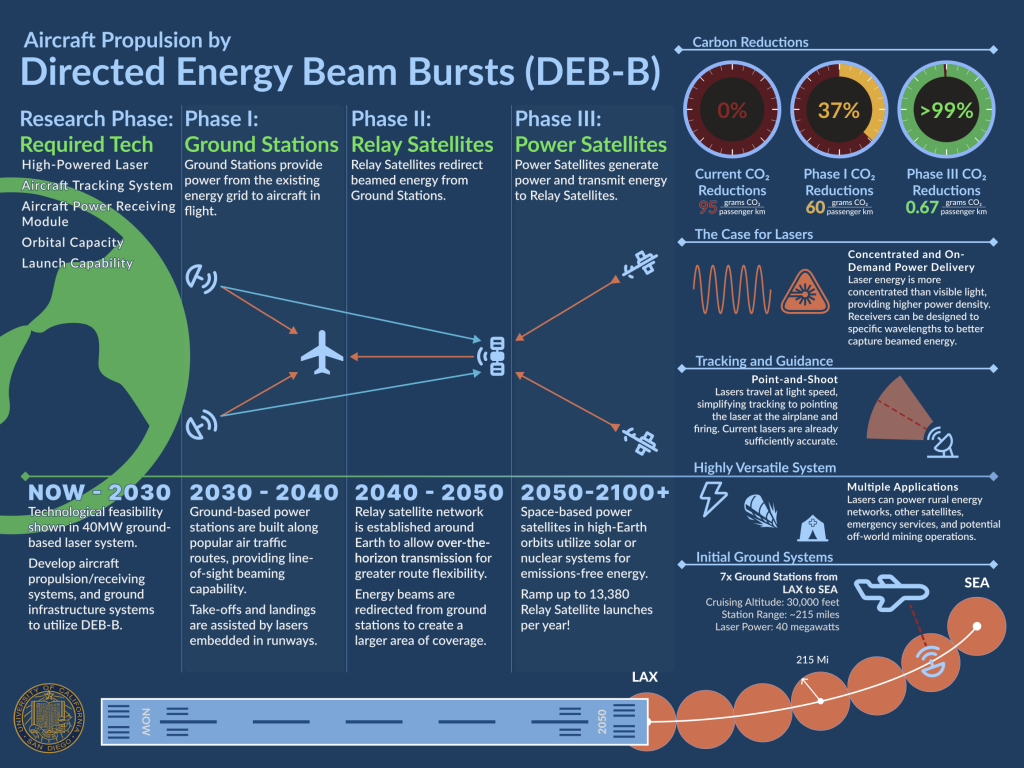
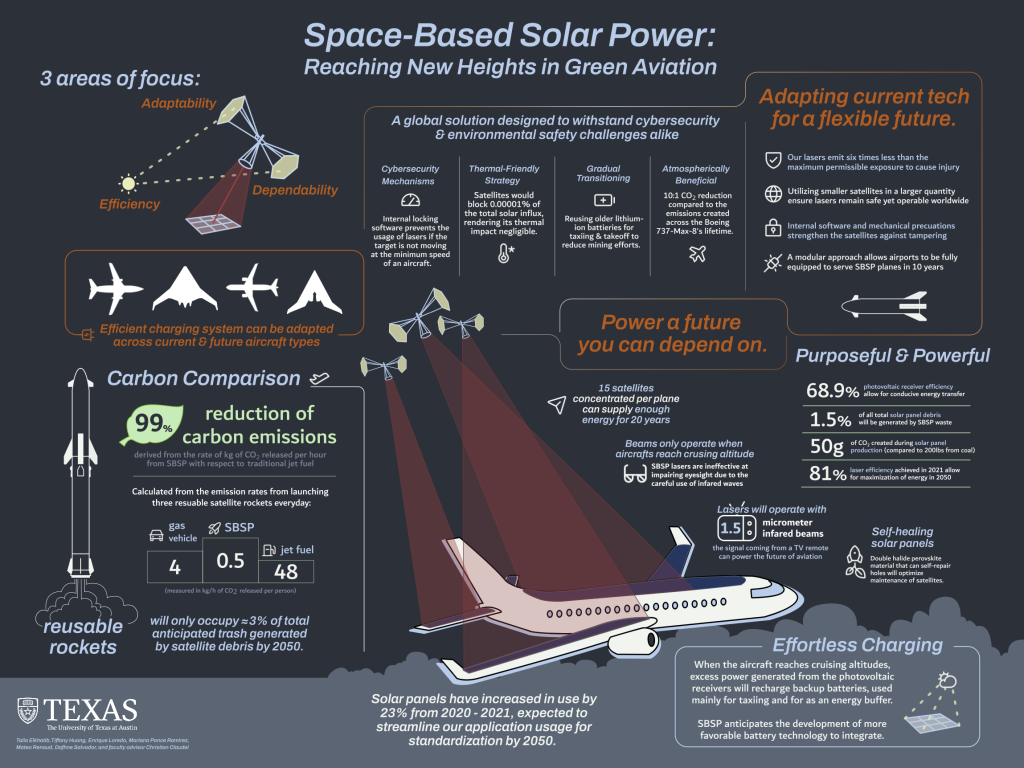
 Mina Cappuccio
Mina Cappuccio Dr. Shanna McClain
Dr. Shanna McClain Phil Kenul
Phil Kenul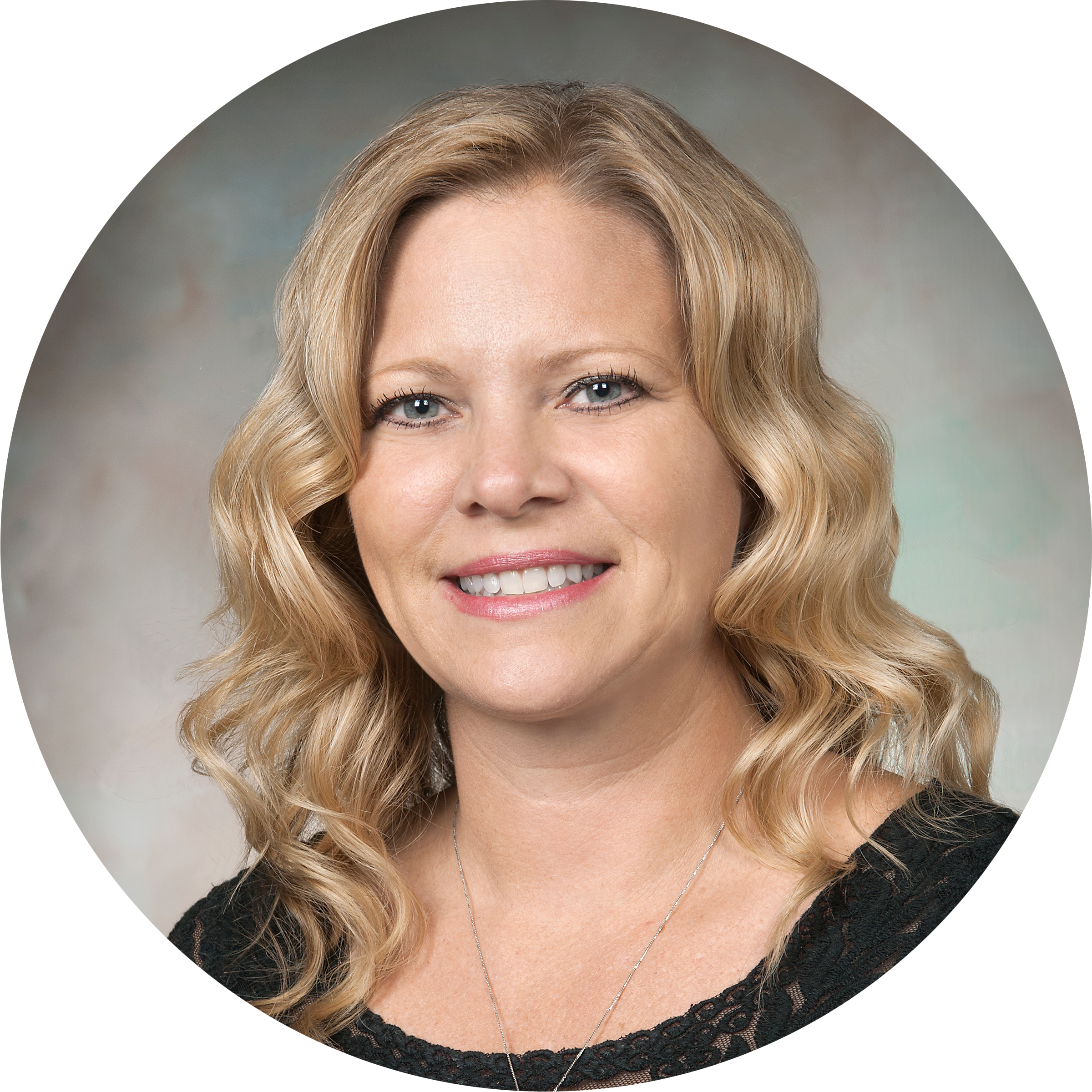 Starr Ginn
Starr Ginn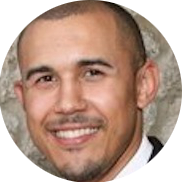 Dr. Marcus Johnson
Dr. Marcus Johnson Jay Stalnacker
Jay Stalnacker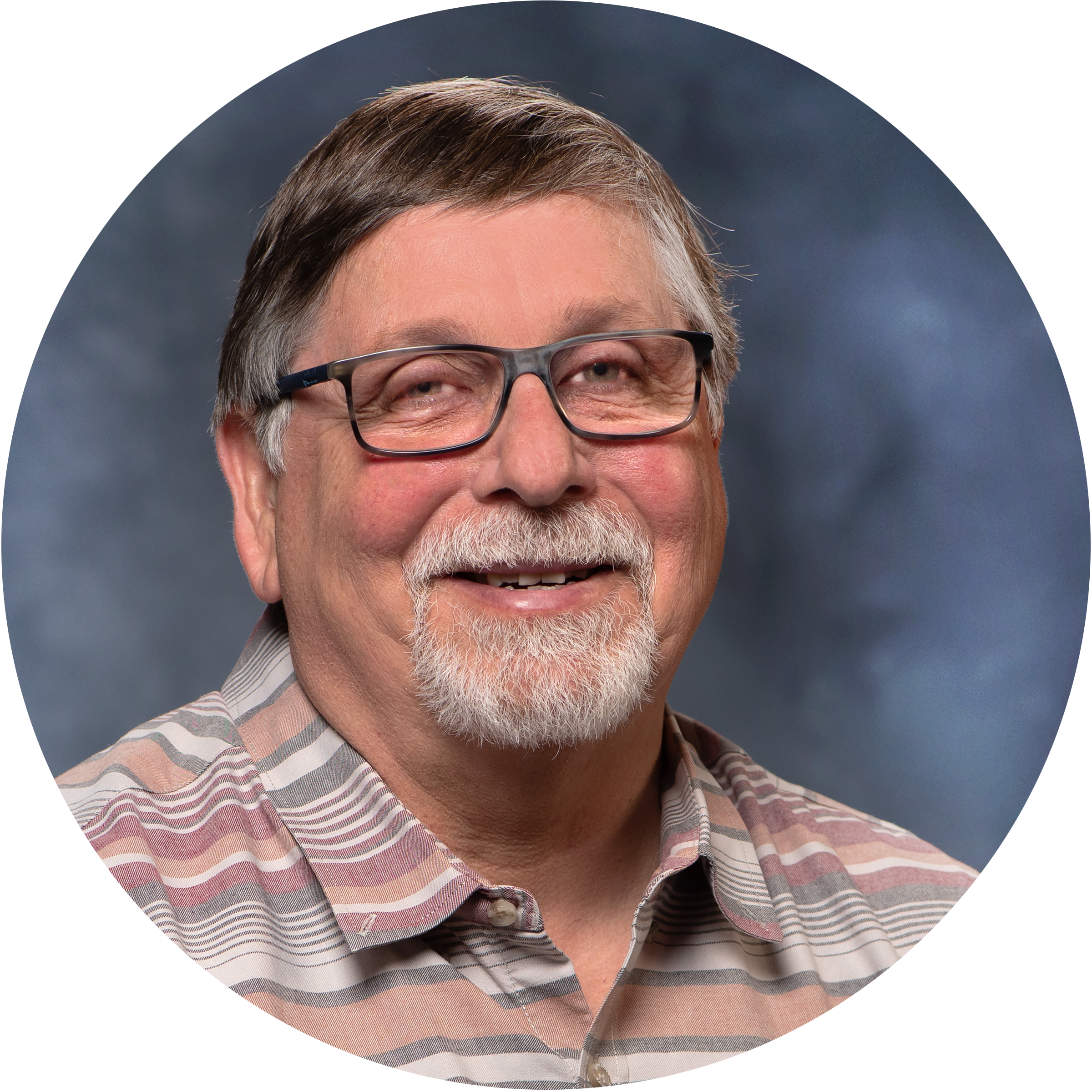 Charles Sheehe
Charles Sheehe Travis Potter
Travis Potter Amy McCluskey
Amy McCluskey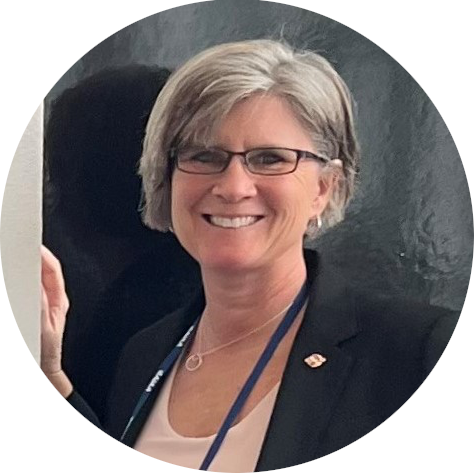 Peggy Cornell
Peggy Cornell Susan Bayley
Susan Bayley Matthew Boucher
Matthew Boucher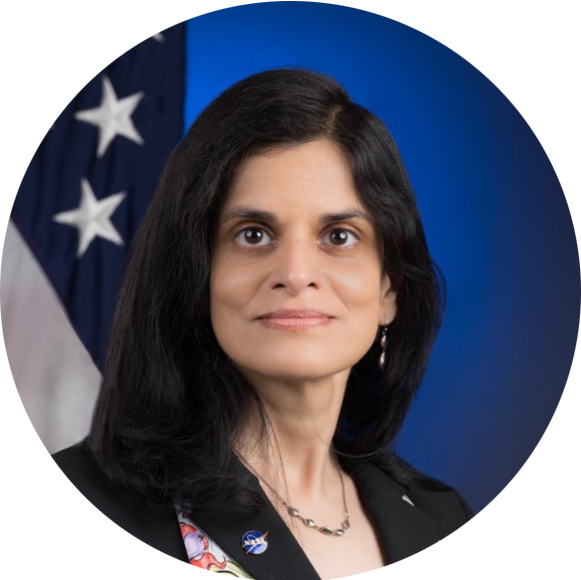 Dr. Natasha Neogi
Dr. Natasha Neogi Craig Nickol
Craig Nickol Janice Kurbjun Miller
Janice Kurbjun Miller Koushik Datta
Koushik Datta Genevieve Ebarle
Genevieve Ebarle Shelley Spears
Shelley Spears Stacy Dees
Stacy Dees Andrew Provenza
Andrew Provenza Steven Holz
Steven Holz Mani Gavvalapalli
Mani Gavvalapalli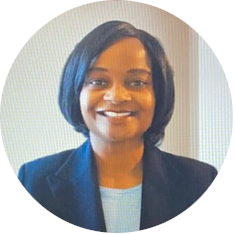 Devin Pugh-Thomas
Devin Pugh-Thomas Jeanne Yu
Jeanne Yu